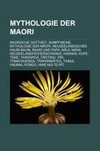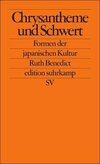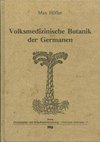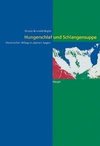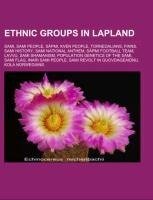
-
 Anglický jazyk
Anglický jazyk
Ethnic groups in Lapland
Source: Wikipedia. Pages: 56. Chapters: Sami, Sami people, Sápmi, Kven people, Tornedalians, Finns, Sami history, Sami national anthem, Sápmi football team, Lavvu, Sami shamanism, Population genetics of the Sami, Sami flag, Inari Sami people, Sami revolt... Viac o knihe
Na objednávku
17.10 €
bežná cena: 19.00 €
O knihe
Source: Wikipedia. Pages: 56. Chapters: Sami, Sami people, Sápmi, Kven people, Tornedalians, Finns, Sami history, Sami national anthem, Sápmi football team, Lavvu, Sami shamanism, Population genetics of the Sami, Sami flag, Inari Sami people, Sami revolt in Guovdageaidnu, Kola Norwegians, Alta controversy, Skolts, Gákti, Finnmark Act, Goahti, Dislocation of Sami people, Sami Siida of North America, Sami National Day, Hålogalandsallmenningen, Duodji, Give Us Our Skeletons, Sámi Conference, Sami native region, BeaivváS Sámi Theatre, Sami knife, Sami drum, Sámi University College, Norwegianization, Guksi, Jiepmaluokta, Sáhkku, Votive site, Árran, Four Winds hat, Lapp Codicil of 1751, Davvi Girji, Siedi, Ipmil. Excerpt: Sami people, also spelled Sámi, or Saami are the arctic indigenous people inhabiting Sápmi, which today encompasses parts of far northern Sweden, Norway, Finland and the Kola Peninsula of Russia, but also in the border area between south and middle Sweden and Norway. The Sámi are Europe's northernmost and the Nordic countries' only officially indigenous people. Sami ancestral lands span an area of approximately 388,350 km (150,000 sq. mi) which is comparatively about the size of Sweden in the Nordic countries. Their traditional languages are the Sami languages. The Sami languages are endangered, and are classified as a branch of the Uralic language family. Traditionally, the Sami have plied a variety of livelihoods, including coastal fishing, fur trapping, and sheep herding. Their best known means of livelihood is semi-nomadic reindeer herding - which about 10% of the Sami are connected with and 2,800 actively involved with full-time. For traditional, environmental, cultural, and political reasons, reindeer herding is legally reserved only for Sami people in certain regions of the Nordic countries. An exonym the Sami are often known in other languages is "Lap", "Lapp", or "Laplanders", but many Sami regard these as pejorative terms. Variants of the name Lapp were originally used in Sweden and Finland, and through Swedish adopted by all major European languages: English: , German, Dutch: , Russian: (lopari), Ukrainian: , French: , Greek: (Lápones), Italian: , Polish: , Spanish: , Portuguese: , Turkish: . The word "Lapp" is in "Lexicon Lapponicum" explained as "Fenn". The first known source where "Fenni" is mentioned is by Tacitus (about 98 CE). The exact meaning of this old term, and the reasons it came into common usage, are unknown; in Scandinavian languages lapp means a patch of cloth for mending, which may be a description of the clothing, called a gakti, that the Sámi wear. Another possible source is the Finnish word lape, which in this case means 'periphery'. O
- Vydavateľstvo: Books LLC, Reference Series
- Rok vydania: 2012
- Formát: Paperback
- Rozmer: 246 x 189 mm
- Jazyk: Anglický jazyk
- ISBN: 9781156462638
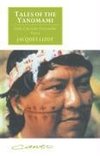


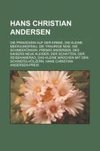
 Nemecký jazyk
Nemecký jazyk 